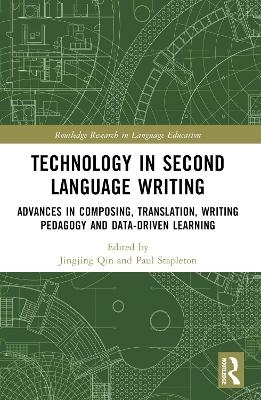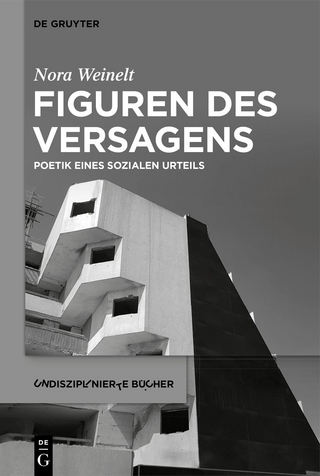
Technology in Second Language Writing
Routledge (Verlag)
978-1-032-24581-2 (ISBN)
This edited volume showcases state-of-the-art research in technological applications in second language writing. It examines multimodal composing, digital feedback, data-driven learning, machine translation, and technological applications in writing pedagogy.
Technology in Second Language Writing reflects the rapidly changing field of technology in second language learning and highlights technological advances across different areas relevant to L2 writing. Composed of empirical studies, reviews, and descriptive essays, this book covers a variety of topics across the areas of composing, pedagogy, and writing research. It includes discussion of computer-mediated communication, language learners’ perceptions about using technology in their writing, the use of social media in writing, corpus learning, translation software, and the use of electronic feedback in language classrooms.
Offering a multifaceted approach to technology in a wide variety of second language writing contexts, this cutting-edge book serves as essential reading for scholars and postgraduate students in the field of language teaching, applied linguistics, and TESOL.
Jingjing Qin is an Associate Professor in the Department of Language Studies at Zayed University, UAE. Paul Stapleton is an Independent Researcher. His academic interests include L2 writing, critical thinking, and research methods.
Chapter 1. Introduction: Advances in writing technology over the eons
Paul Stapleton
Chapter 2. Interactive academic EFL writing assisted by GT for Chinese non-English major students
Shu-Chiao Tsai
Chapter 3. The use of Google Translate and complementary resources by Chinese students: A case study writing in Catalan
Ruocheng Ning
Chapter 4. Using machine translation in EFL Writing: A scoping review
Burcu Gokgoz-Kurt
Chapter 5. Repeated academic writing with synchronous and asynchronous teacher electronic feedback: How are macro and micro aspects affected?
Sima Khezrlou
Chapter 6. Wiki writing in medicine and students’ perceptions: The case of an English-in-the-Discipline course in Hong Kong
Wenfeng Wang, Simon Boyton, Laura Wakeland, Daya Datwani, Juan Castillo, Letty Chan, and Simon Scanlon
Chapter 7. Multimodal resemiotization: Examining one L2 writer’s interactions with equity videos
Emma R. Britton, Hengyi Liu, Xinyue Zuo, and Theresa Y. Austin
Chapter 8. The dialogical conception of beginning L2 writing via social networking and telecollaboration
Maria Bondarenko and Liudmila Klimanova
Chapter 9. Examining directness with corpus tools in Iraqi EFL writing
Ashleigh Cox, Eric Friginal, and Sabah S. Mustafa
Chapter 10. L2 handwritten assignments for automated writing evaluation: A text recognition study
Vahid Abolghasemi and Reza Falahati
Chapter 11. Using computer keystroke logging in the second language composition classroom
Hampus Holm, Etienne Skein, and Kirk P. H. Sullivan
| Erscheinungsdatum | 05.10.2022 |
|---|---|
| Reihe/Serie | Routledge Research in Language Education |
| Zusatzinfo | 19 Tables, black and white; 2 Line drawings, black and white; 25 Halftones, black and white; 27 Illustrations, black and white |
| Verlagsort | London |
| Sprache | englisch |
| Maße | 156 x 234 mm |
| Gewicht | 320 g |
| Themenwelt | Schulbuch / Wörterbuch ► Wörterbuch / Fremdsprachen |
| Geisteswissenschaften ► Sprach- / Literaturwissenschaft ► Anglistik / Amerikanistik | |
| Geisteswissenschaften ► Sprach- / Literaturwissenschaft ► Literaturwissenschaft | |
| Geisteswissenschaften ► Sprach- / Literaturwissenschaft ► Sprachwissenschaft | |
| Sozialwissenschaften ► Pädagogik ► Sonder-, Heil- und Förderpädagogik | |
| ISBN-10 | 1-032-24581-6 / 1032245816 |
| ISBN-13 | 978-1-032-24581-2 / 9781032245812 |
| Zustand | Neuware |
| Informationen gemäß Produktsicherheitsverordnung (GPSR) | |
| Haben Sie eine Frage zum Produkt? |
aus dem Bereich


